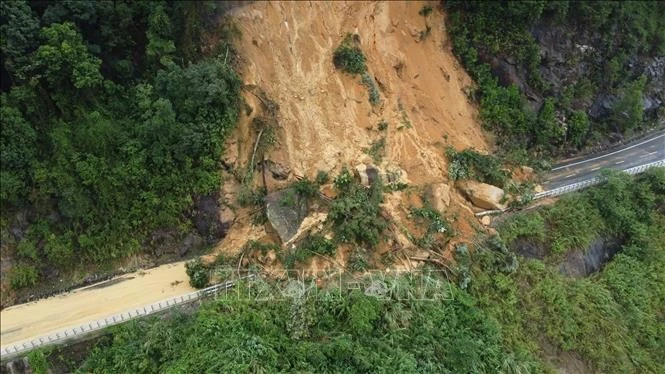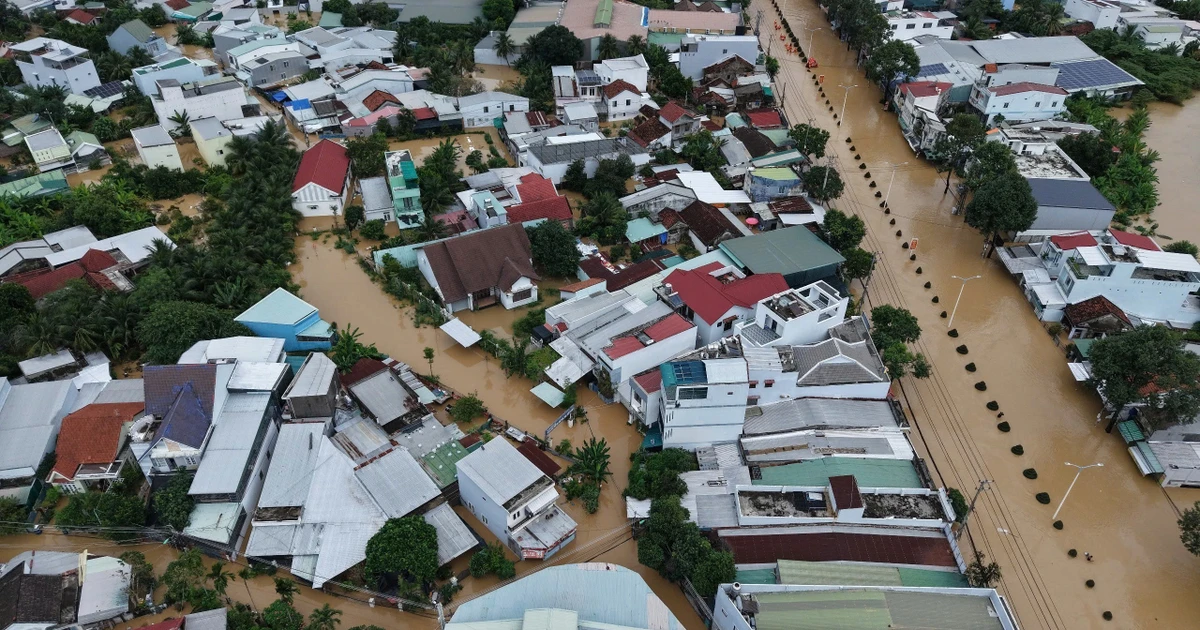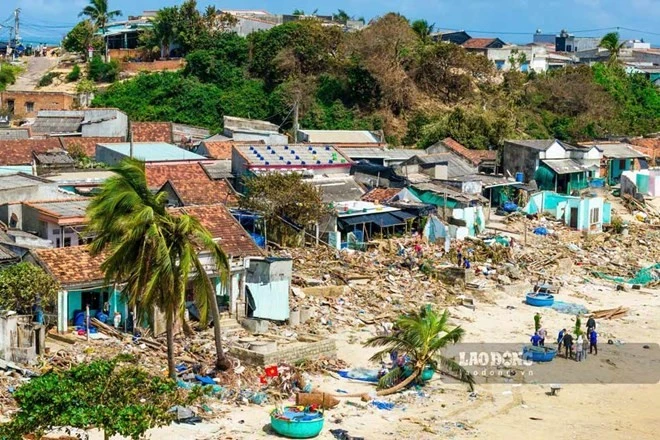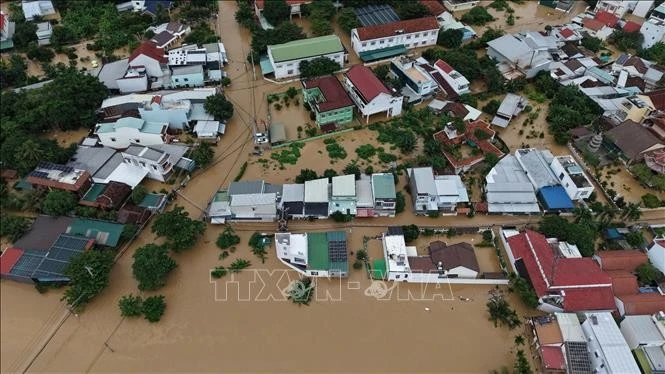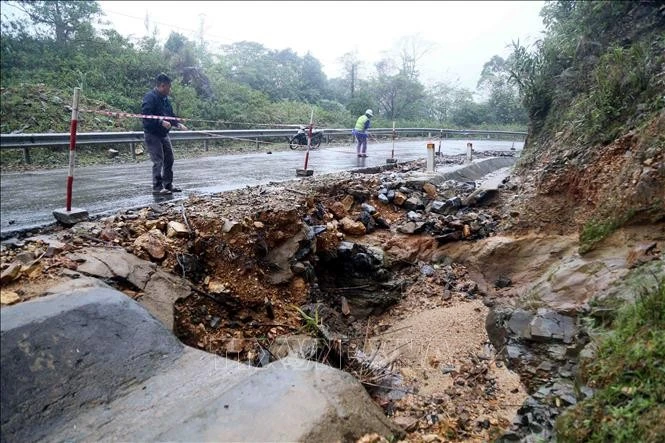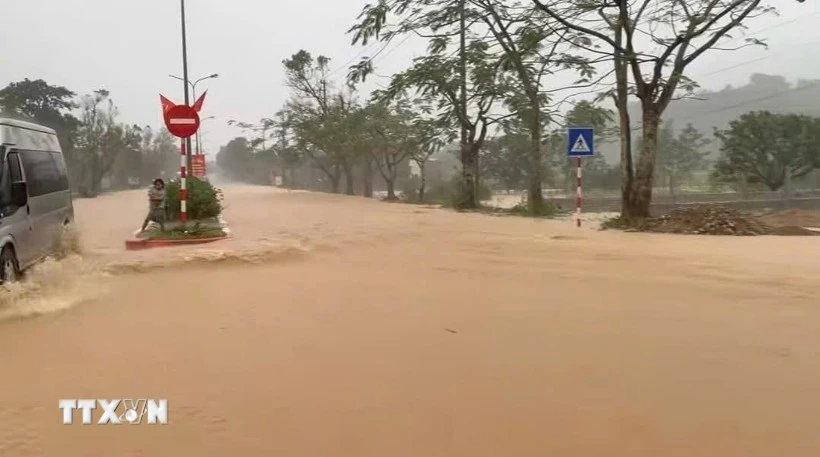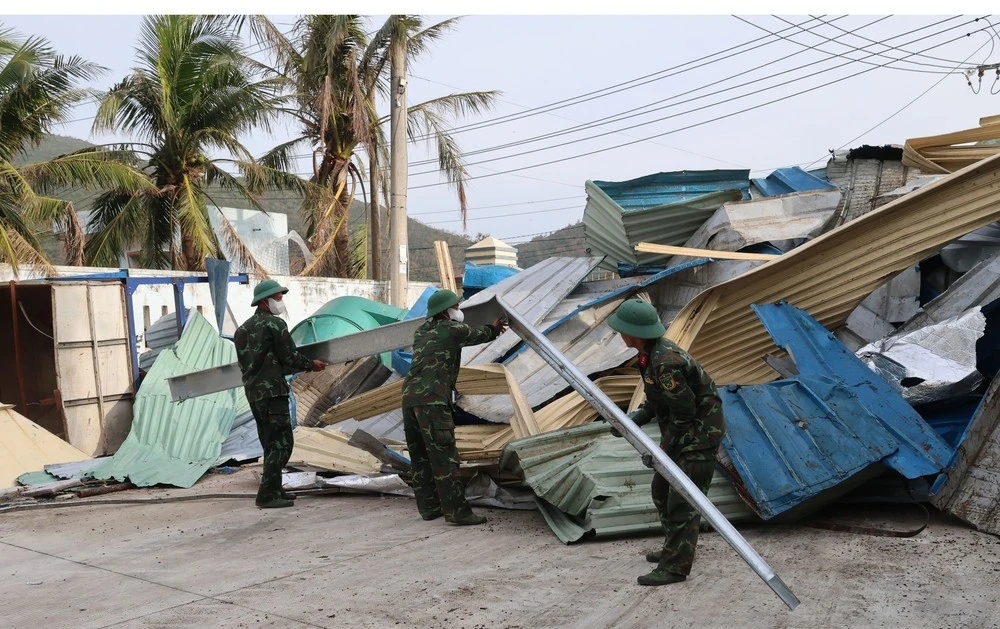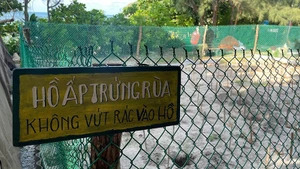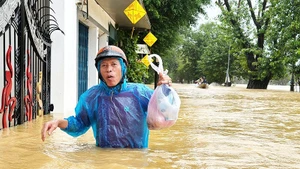A limit of science
According to Dr Bui Thi Nhung, a senior researcher at the Earthquake and Tsunami Warning Center (Institute of Earth Sciences, Vietnam Academy of Science and Technology), for each specific fault, scientists can estimate that another earthquake may occur in the future. However, they have no way of knowing exactly when it will happen.
Historically, there has been one case of a successfully predicted earthquake—the Haicheng earthquake (China) in 1975, which had a magnitude of 7.3. Months before the quake, unusual underground movements were detected, small tremors frequently occurred, and animals in the region exhibited abnormal behaviour. Thanks to these warning signs, local authorities evacuated one million residents from the city.
This vigilance, along with the local building structures at the time, saved thousands of lives. However, the earthquake still claimed 2,000 lives. The question remains: Was this a successful prediction, or merely a coincidence? One year later, the Tangshan earthquake (China) struck, killing approximately 255,000 people without any prior warning. Before the Tangshan earthquake, unusual atmospheric phenomena such as fireballs, mysterious lightning, and fluctuating water levels in lakes were observed, yet no one could link these events to an imminent earthquake.
To this day, this connection remains unclear. Even in Japan—a country frequently affected by earthquakes—the government has invested heavily in earthquake prediction research. Despite numerous efforts, Japanese scientists have ultimately had to acknowledge their inability to predict earthquakes with certainty.
As a result, countries have shifted their focus to mitigating earthquake damage. They prioritise constructing earthquake-resistant buildings and educating the public on survival skills and disaster preparedness.
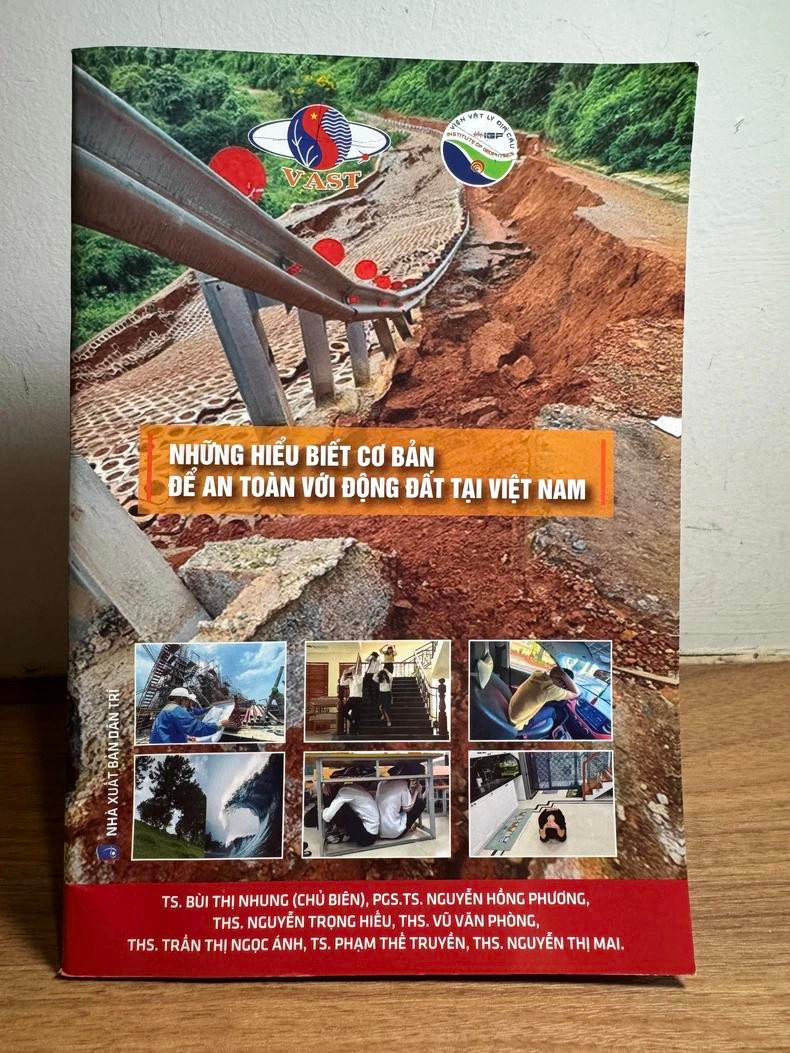 |
| The earthquake risk reduction handbook was developed by the Earthquake and Tsunami Warning Center. |
Immediate consequences of earthquakes
According to the Earthquake and Tsunami Warning Center, an earthquake can trigger six immediate and hazardous effects:
Ground Shaking: The most familiar and noticeable effect of an earthquake. The intensity can range from mild vibrations (causing lamps to sway) to severe shaking that collapses buildings. In areas with weak soil, shaking can be amplified, and in extreme cases, the ground may liquefy, increasing the risk of structural collapse.
Surface ruptures: When a geological fault extends to the surface, it can crack, tear apart, or deform the land. Underground pipelines (for water and gas), tunnels, railways, roads, and airports near fault lines are at high risk of severe damage, leading to potential floods, fires, and transportation paralysis.
Soil liquefaction and subsidence: Earthquakes can turn weak soil into a slurry-like substance, causing the ground to lose stability. When this occurs, the foundations of buildings, roads, and airports may tilt, slide, or even sink into liquefied soil.
Fires: Post-earthquake fires often cause significant damage. Ground fractures can sever electrical wires, rupture gas pipelines, and cause explosions. Additionally, emergency water supplies may be disrupted, making firefighting efforts extremely difficult.
Landslides: Shaking can destabilise steep slopes and hillsides, leading to landslides. These can bury houses, block roads, and even dam rivers, increasing the risk of flooding.
Tsunamis: If an earthquake occurs under the ocean, it can generate a tsunami—a series of towering waves moving at extreme speeds (up to 800 km/h), capable of wiping out everything in their path. Within hours of an earthquake, tsunamis can strike coastal areas thousands of kilometres away.


